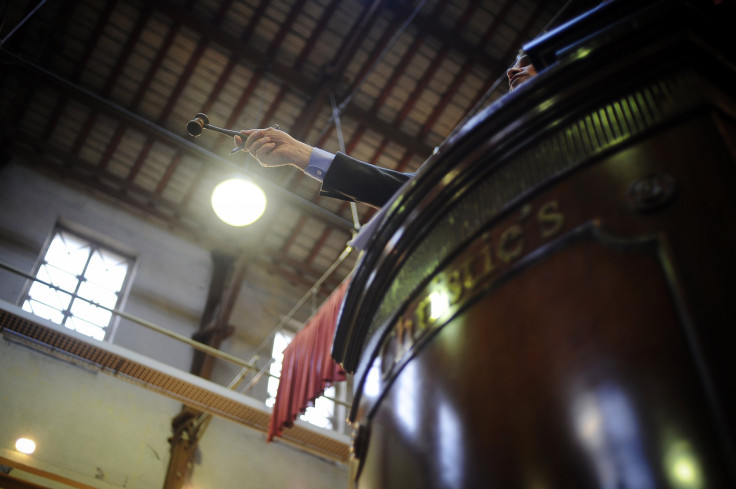After Warhol, Blockchain Platform Maecenas To Tokenize Picasso's Work

Blockchain-based fine art investment platform Maecenas said Tuesday it will conduct the first “perpetual” digitalization and tokenization (a method that converts rights to an asset into a digital token) of a Picasso work of art. This would be done around the year-end holiday season under a project called “Project Phoenix”.
Maecenas aims to change how people traditionally access fine art. By integrating the blockchain technology, the platform creates tamper-proof digital certificates and links it to pieces of art. A single artwork would be broken down into thousands of certificates — similar to how a public company issues shares. Investors can purchase these certificates to keep a percentage of a given artwork.
Tokenization could be beneficial because it allows individuals to own assets they could not own earlier, like works of fine art. In the case of Project Phoenix, though, the tokenization method will make the physical painting "perpetually inaccessible."
"We are tokenizing a masterpiece, and making the painting perpetually inaccessible. Any eventual release date of the physical painting can only be decided via a voting process by token holders, after the minimum amount of time has passed well into the future," the announcement on the Maecenas website read. Maecenas has partnered with cryptocurrency exchange Ethershift and John McAfee to conduct the auction, thought the role of McAfee is not mentioned in the press release it seems that the computer security expert would be promoting the event.
"Unlike previous asset tokenizations performed by Maecenas, Project Phoenix will be a fully decentralized exercise, and the resulting unique tokens will be created on the public Ethereum blockchain," the press release read
The specific details and information will be announced in December. This is not the first time Maecenas has tokenized fine art. An earlier tokenization project of its was the distribution of digital shares of Andy Warhol's famous silkscreen "14 Small Electric Chairs." As the auction ended, 31.5 percent of the artwork was given to successful bidders. This auction accepted bitcoin and ethereum as payment.
There is about $3 trillion worth of fine art in safe storage, and of that $65 billion is traded each year through various auction houses and art dealers, according to Maecenas' whitepaper. "Wealthy families have kept art in their portfolios for centuries, and trading volumes have continued to grow steadily over the last few decades. Interest in fine art among investors and wealth managers is on the rise, and younger generations of buyers are eager to embrace art-tech," the whitepaper read.
"A UK company recently tokenized this Andy Warhol. Now a hundred people own 31.5 percent of this $5.6 million painting. And, when it rises in value, the tokens will as well." via @businesshttps://t.co/gT4GkKYagP#blockchain #bloomberg #maecenas #fineart #investment
— Maecenas (@maecenasart) November 13, 2018
The platform pointed out in its whitepaper that blockchain can provide the foundation for a secure and efficient market. An open platform could strengthen art markets and bring millions of investors off the sidelines.
Separately, British auction house Christie's, made history by tracking $317.8 million worth of art auctions via blockchain, it said Wednesday. The statement by the auction house said the event marks the first time an art auction at this price level has been inscribed to a blockchain.
© Copyright IBTimes 2024. All rights reserved.





















